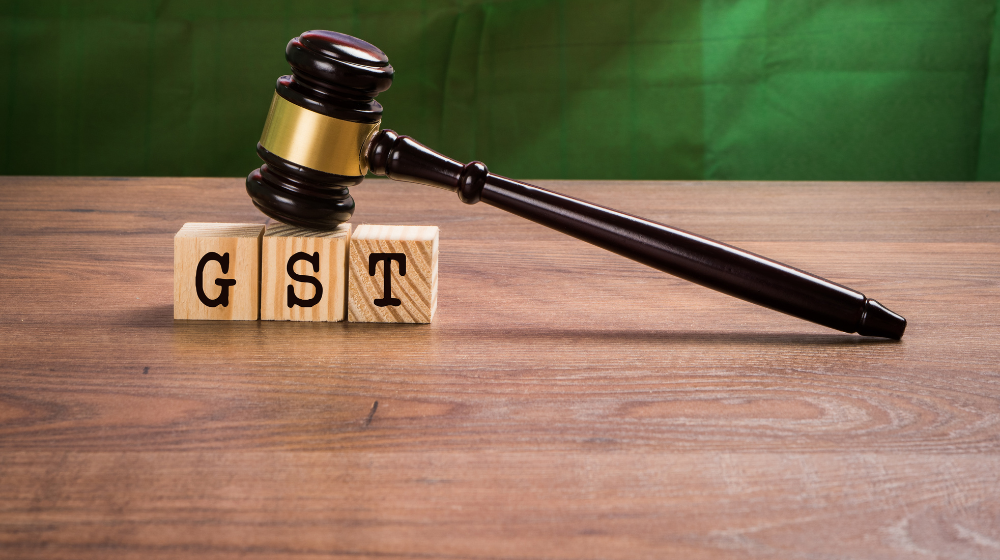India woke up to Prime Minister Narendra Modi’s powerful speech on the 15th of August 2025. The nation was anticipating some pivotal reforms in the GST 2.0 that would benefit the masses. The Goods and Services Tax reshaped India’s fiscal landscape at the time of its inception in the year 2017. This time, people had high hopes that GST 2.0 would prove to be a game-changer in the economic history of India.
The GST 2.0 was positioned as a citizen-centric scheme that is focused on reducing the common citizen’s stress, simplifying taxation policies, and driving economic growth. In his speech, Mr Modi emphasised rate rationalisation, structural changes, and encouraged entrepreneurship and growth. This acted as the catalyst for the restructuring of the tax structure as an answer to long-awaited demands from business houses, economists, and consumers.
The announcement came as a breath of fresh air at a time when our country is still recovering from the horrors of the economic breakdown during the Covid-19, global uncertainties, and inflationary pressures. These make the time for introducing GST 2.0 both symbolic and strategic.
The crux of GST 2.0 was inclined towards 3 main pillars : rate rationalisation, structural changes, and procedural simplification. A new shift from the prevalent multi-tiered slab system to a more structured and streamlined two-tier system was introduced. The previous system included GST rates like 0%, 5%, 12%, 18% and 28% while the new framework features only 15% and 18% rates with an additional de merit rate of 40% for sin and luxury products.
The new simplification has come into the limelight for removing the previous complexities that have confused the system since the beginning, like classification disputes and inverted duty frameworks. Take, for example, essential items like soaps and cycles and other daily use products were scheduled for a reduction to 5% or even 0% GST aimed at directly supporting small and middle-class families.
Common food items such as milk products and daily breads like chapatis and parathas were proposed for zero taxation, with a view to addressing inflationary issues related to items of regular consumption. GST 2.0 also focused on labour-intensive industries, decreasing taxation rates on leather items, marble, manmade fibres, and handicrafts to 5% for extending much-needed support to our craftsmen, artisans and the cottage industry as a whole.
GST 2.0 also laid a strong emphasis on social security and healthcare. This move came out as a bold step, where the government has totally exempted GST on health and life insurance policies. This was done with a view to making insurance affordable for everyone and encouraging a greater market reach, as the coverage usually remains low.
Moreover, 33 lifesaving medicines were stipulated for zero GST, while other medicines and medical devices, surgical equipment, and diagnostic kits would collect only 5% GST. This initiative came as a breath of fresh air for families struggling with medical emergencies or chronic diseases.
The new reforms also considered agricultural requirements by reducing GST on farming machinery, tractors, and fertilisers from 18% to 5%. The same goes for renewable energy devices and their components for promoting a healthy and sustainable environment that focuses on zero emissions.
Next comes the automotive and durables sectors, where GST on high-priced items,s TVs (up to 32 inches), air conditioners, motorcycles under 350 cc, small cars, etc., was brought down from 28% to 18%. This came as a sigh of relief for middle-income households that aspire to a better standard of living. Also, goods like cement, which form a crucial element in the housing industry, saw a rate drop from 28% to 18% thus bringing down construction costs and making homeownership possible for the majority.
Coming to the services sector, GST on hotel accommodations up to INR 7500 per night and wellness services, including salons and gyms, were decreased to 5% with a view to promoting tourism and a healthy and mindful lifestyle.
GST 2.0 is a transformative jump to India’s fiscal strategy while proficiently addressing global trade disruptions and emphasising economic resilience and self-reliance. There is no denying the fact that the success of GST 2.0 largely depends on diligent implementation, agile inter-state coordination, and strict anti-evasion schemes. These collective efforts are meant to promote India’s economic resilience, making it a self-reliant country in the global forum.

